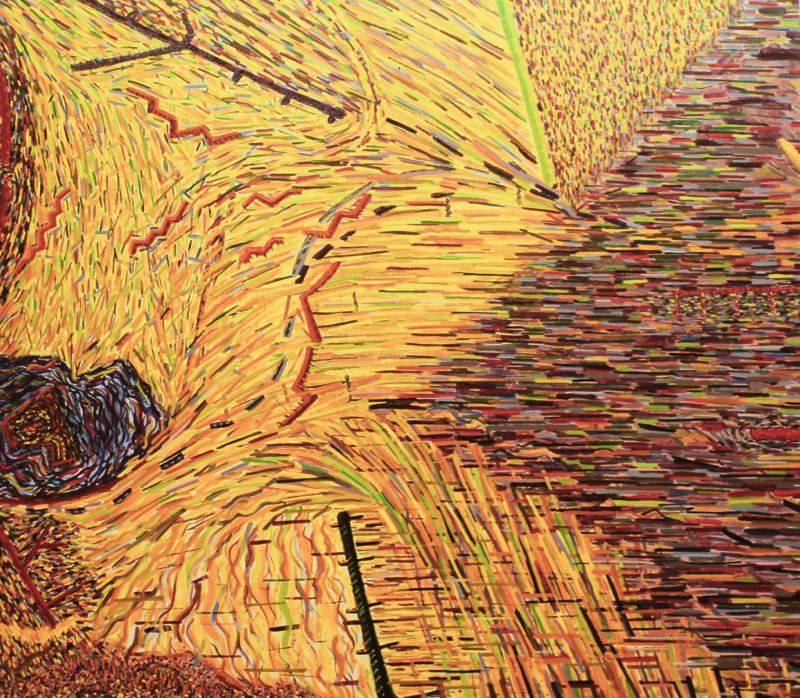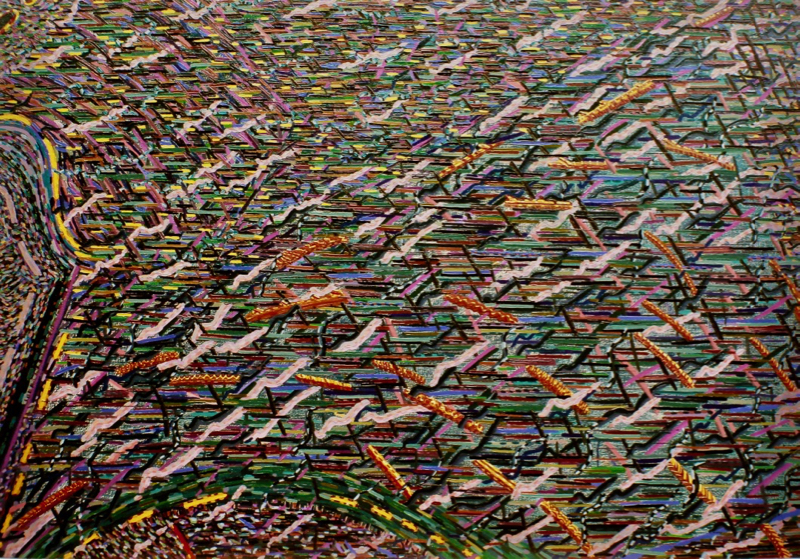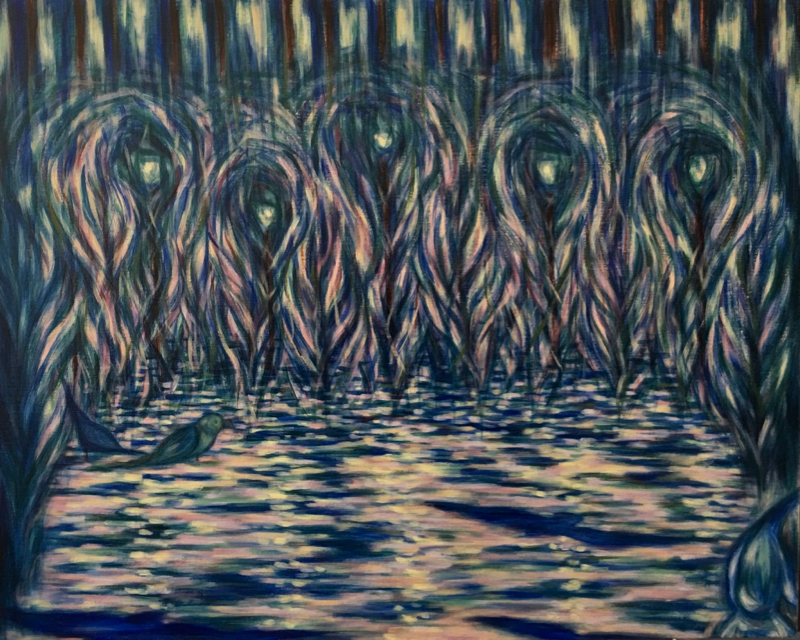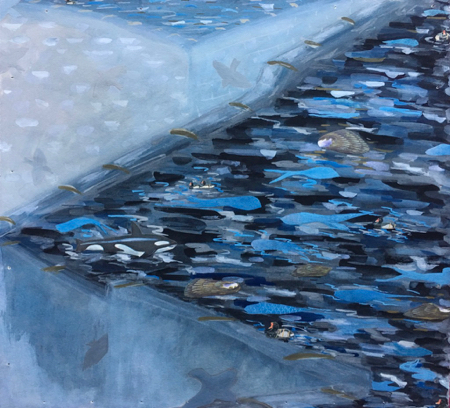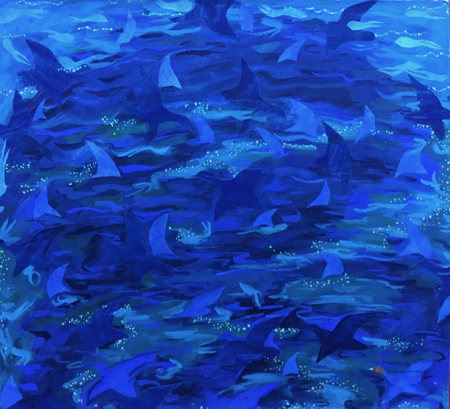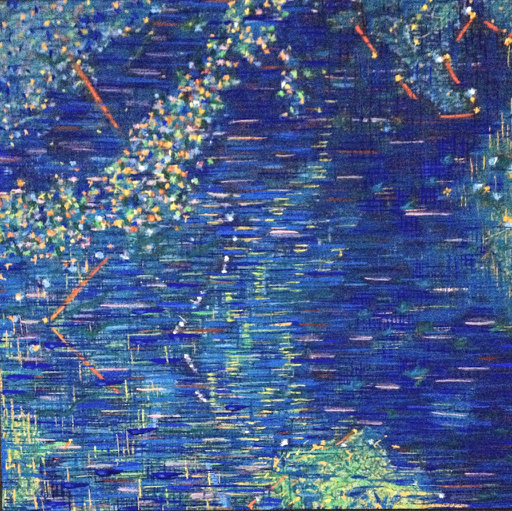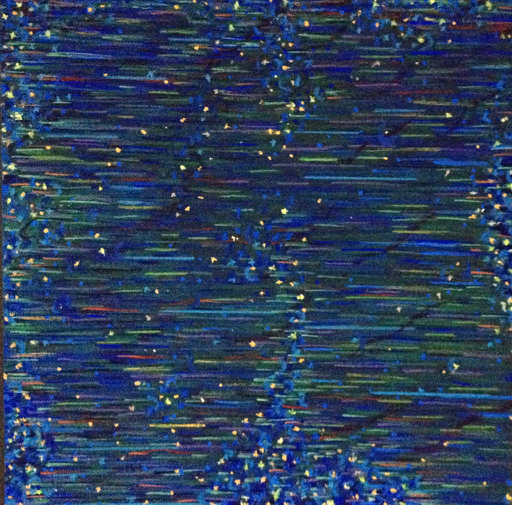I started my artist life thinking that I wanted to be a printmaker. This idea took root as an art history undergraduate, writing a research paper on 2 Picasso etchings, which I just loved( The Frugal Repast & The Dance of Salomé). My professor suggested that I take the one & only studio class in printmaking (at that time) so that I could more fully understand Picasso’s works from the artist’s point of view. Her suggestion was life-changing. From that first studio class on, I dropped the idea of becoming an art historian in order to devote full time to making art.
I loved learning the magical technical processes of revealing and building an image. As I mentioned previously, printmaking felt so analogous to my tailoring and needlework projects. But the technical process didn’t sync well with my visual needs, which were still at an incipient stage. I knew that I needed to start with more open ended chaos and then find my way to a unified ending. For me, it always felt more natural to start a work with an idea which developed intuitively throughout the entire time of its making. In printmaking studios, I felt increasingly frustrated because my technical skills were more orderly, & more linear, than my rather circuitous creative process. I envied some of my colleagues who started their etchings or silkscreens with a finished prototype, the color and tonal issues fully worked out, and then went on to complete their editions perfectly, just like their original model. I tried working like this, more methodically, but most of the time I ended up dissatisfied with the end point. Too often, I could not arrive at the right balance between technique & finished image. Although I began my Chicago studies in both printmaking & painting, I gave myself permission to let go of becoming the MasterPrintmaker.
